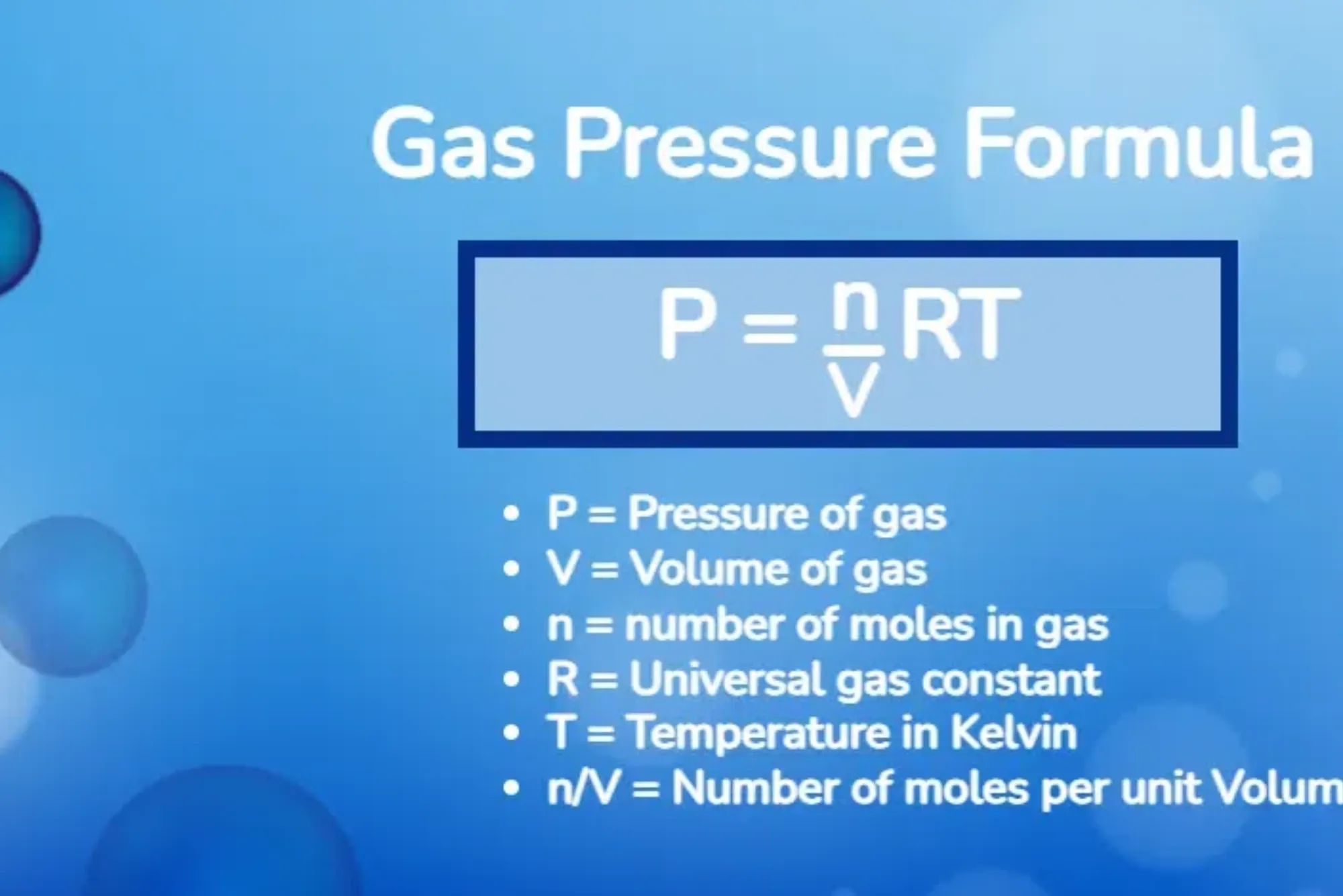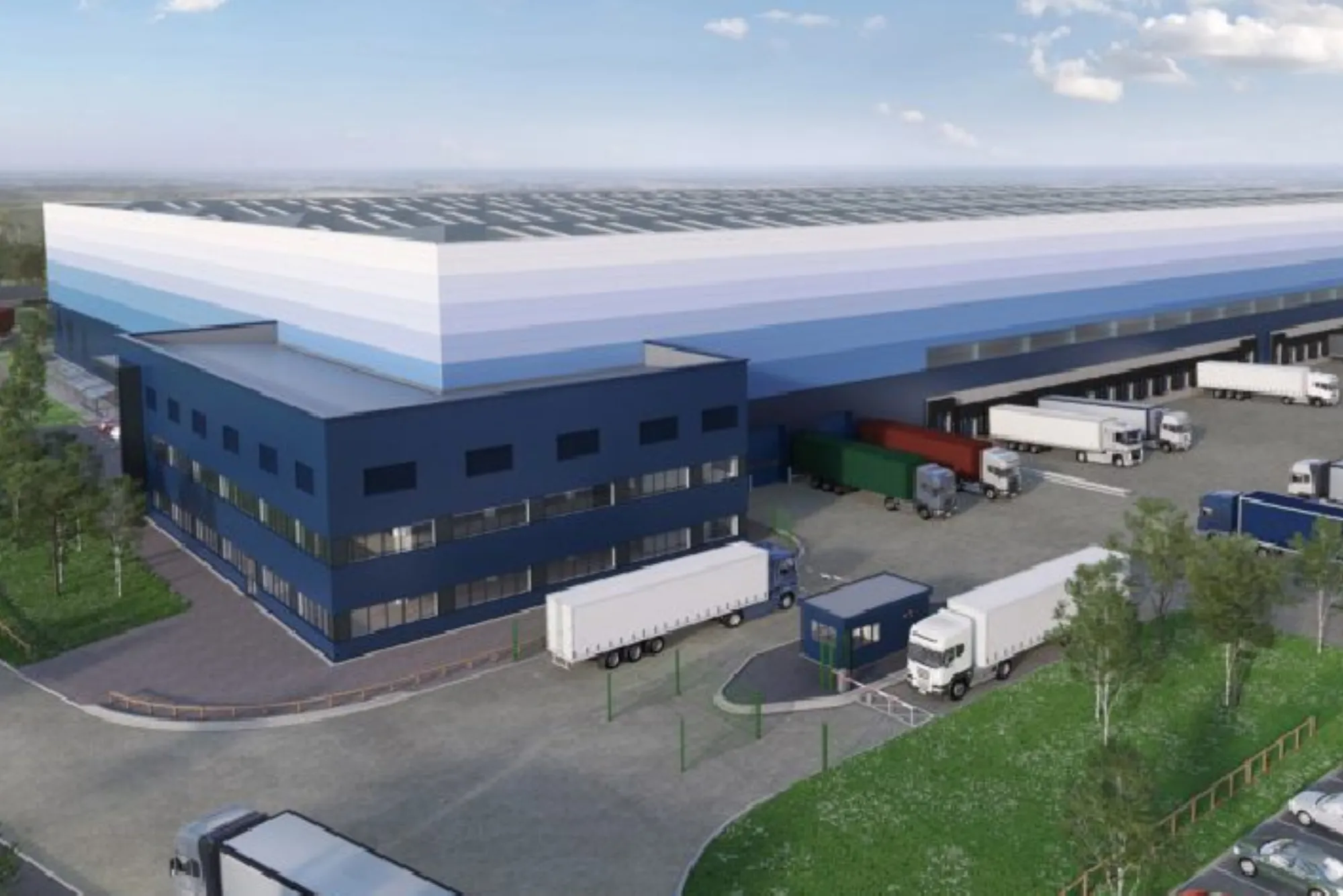Understanding the behavior of gases is essential in chemistry, chemical engineering, energy research, and industrial manufacturing. Today, Ideal Gas Law Calculators have become powerful tools that simplify complex calculations—supporting education, research, and innovation in regions like Pakistan, UAE, Saudi Arabia, and across South Asia. These calculators help students, engineers, and researchers solve real-world gas problems with precision and speed.
Understanding the Ideal Gas Law
Quick Answer: The Ideal Gas Law helps you calculate the relationship between pressure, temperature, volume, and moles of gas—represented as PV = nRT.
The Ideal Gas Law combines Boyle’s, Charles’s, and Avogadro’s laws into one simple equation. It helps solve gas behavior problems used in laboratories, chemical plants, and educational institutions. Students in Punjab University, NUST, and Karachi Institute of Technology use ideal gas law calculators to solve chemistry equations quickly without doing complex math manually.
Why Use an Ideal Gas Law Calculator Instead of Manual Calculation
Quick Answer: Calculators reduce errors, save time, and provide instant accurate gas measurement results.
Using manual formulas can be time-consuming and error-prone. A digital ideal gas law calculator helps:
-
Prevent calculation mistakes
-
Show step-by-step solution breakdown
-
Support multiple units of pressure and temperature
-
Offer quick solutions for industrial and educational use
➡️ Use this ideal gas law calculator designed for chemistry professionals and students: ideal gas law calculator
Key Parameters You Must Enter Correctly
Quick Answer: Enter accurate values for pressure (P), volume (V), temperature (T), and gas amount (n) to get correct results.
To get precise results, make sure you enter:
| Parameter | Description |
|---|---|
| P | Pressure in atm, bar, or Pa |
| V | Volume in liters or cubic meters |
| n | Number of moles of gas |
| T | Temperature in Kelvin |
Example:
Calculate volume when pressure is 2 atm, temperature is 300K, and gas quantity is 1.5 moles.
Educational Use in Pakistan’s Tech and STEM Programs
Quick Answer: Ideal Gas Calculators support STEM learning and digital innovation in Pakistani universities and youth programs.
Pakistan is investing heavily in STEM (Science, Technology, Engineering, Mathematics) education. Initiatives like DigiSkills.pk, National Center for Physics, and Youth Innovation Fellowships promote the use of computational tools in schools and labs. Teachers use digital gas law calculators in chemistry classrooms to improve learning outcomes and reduce manual complexity.
Expert Quote:
“When students use digital calculators, they not only learn faster but also understand real-world chemistry applications.” – Dr. Farah Iqbal, Chemistry Lecturer, Lahore.
Industry Use Cases: Chemical, Energy, and Manufacturing
Quick Answer: Ideal Gas Calculators help industries optimize gas usage and improve system efficiency.
Industries using gas law calculators include:
-
Oil and Gas – calculating gas expansion in pipelines
-
Pharmaceuticals – controlling atmospheric conditions in labs
-
Compressed Gas Manufacturing – optimizing tank pressure
Chemical plants in Sialkot, Karachi, and Faisalabad use such tools to optimize production efficiency.
Most Common Errors in Gas Law Calculations
Quick Answer: The biggest errors happen due to incorrect units, temperature conversions, and decimal misplacements.
Common mistakes to avoid:
-
Using Celsius instead of Kelvin
-
Entering pressure in PSI instead of atm
-
Forgetting to convert liters to cubic meters
-
Wrong gas constant (R) selection
Tip: Always use tools that automatically convert and format units to avoid mistakes.
Best Time-Saving Strategy
Quick Answer: Use one powerful calculator that covers all gas law types: ideal, combined, Boyle’s, and Charles’s.
Rather than using separate tools, choose calculators that provide:
-
All-in-one functionality
-
Real-time formula explanations
-
SI and non-SI unit support
-
Exportable solutions for reports
➡️ Visit this platform to get quick and reliable calculations for gas laws and more: get quick and reliable calculations
Role of Pakistani Technology Ecosystems in Scientific Innovation (Midpoint – Link Placement)
Quick Answer: Pakistan’s tech hubs and innovation parks are supporting digital transformation in scientific fields.
Technology zones like Dhanote IT Park, National Science & Technology Park (NSTP), and Lahore Tech Valley are empowering startups focusing on scientific calculators, research tools, and educational AI platforms. These hubs are promoting digital solutions and empowering youth skills.
Explore how an innovative technology company in Pakistan is supporting research and digital solutions:
➡️ innovative technology company in Pakistan
How Ideal Gas Calculators Support Environmental Research
Quick Answer: Calculators help estimate carbon emissions, gas diffusion, and predict atmospheric effects.
Environmental researchers use gas law calculators for:
-
Air quality monitoring
-
Carbon dioxide tracking
-
Energy conservation studies
-
Greenhouse gas simulation models
Global climate studies in Islamabad, Dubai, Riyadh, and Qatar rely heavily on digital gas tools.
Future of Gas Law Calculators: AI and Smart Integration
Quick Answer: AI-powered calculators will provide voice input, instant formula identification, and automatic error correction.
Future features may include:
-
Voice-based chemical calculation
-
AI-powered molar mass recognition
-
Lab sensor integration
-
Cloud-based chemistry learning tools
Pakistan’s Pakistan Software Export Board (PSEB) is supporting AI-based development for educational platforms.
(FAQs)
1. What is the main formula for the Ideal Gas Law?
The formula is PV = nRT, where pressure × volume = number of moles × gas constant × temperature.
2. Can ideal gas law calculators be used in labs?
Yes, they are widely used in Pakistani and international laboratories for calculating pressure, volume, and gas expansion.
3. What units should I use in the calculator?
Temperature in Kelvin, pressure in atm or Pa, and volume in liters or m³ are recommended.
4. Are these calculators useful for students?
Absolutely. Students from Matric, FSC, O/A Levels, and university programs use them to solve chemistry problems accurately.
5. Do industries in Pakistan use gas law calculators?
Yes, industries in Karachi, Lahore, and Faisalabad use these calculators for chemical and mechanical applications.
6. What improvements are expected in future?
AI-based calculators that support voice commands, sensor integration, and educational simulations.
Final Thought
As a tech educator and freelance developer based in Pakistan, I’ve seen how digital scientific tools are transforming both classrooms and industries. From universities in Lahore to innovation parks in Multan and Islamabad, smart calculators are helping our youth learn better and innovate faster. Ideal Gas Law calculators are more than just academic tools—they’re a bridge between theory, innovation, and future technology. And Pakistan is proudly stepping into that future with purpose and innovation.










